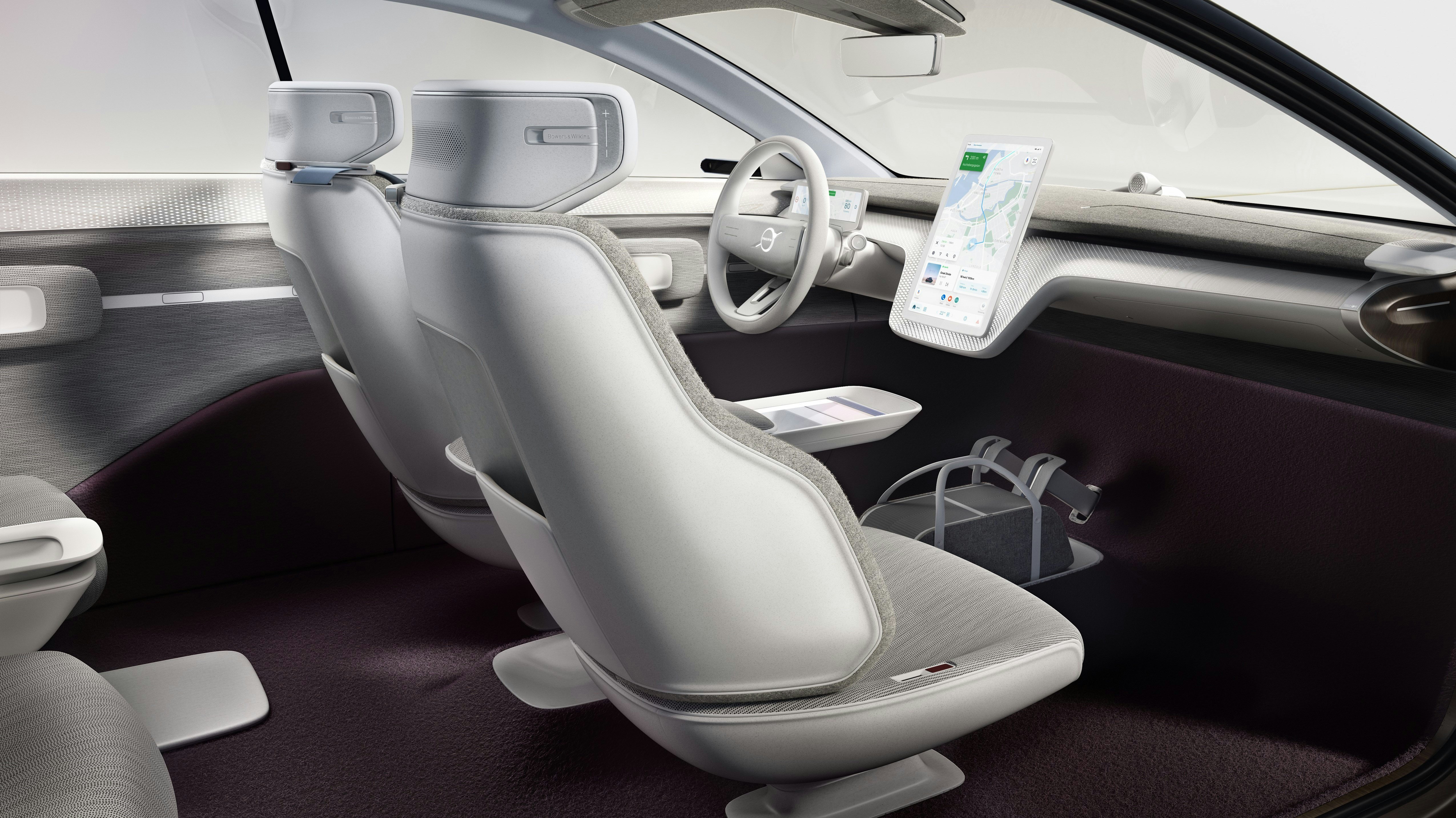
When the Tesla Model S was released a decade ago, it was unlike anything else on the market. And I’m not talking about the fact that it’s electric — I mean the interior design.
Franz von Holzhausen, Tesla’s lead designer, put an enormous 17-inch vertical touchscreen in the center of the car. It dominates the dash, and you control nearly everything in the car through it — for better or worse.
“Everything that we do at Tesla has to be beautiful,” said von Holzhausen in July 2017 at the launch of the Tesla Model 3. “But beauty is only great if it's functional.”
Almost 10 years after the release of the Model S, the rest of the auto industry seems to be, begrudgingly perhaps, following von Holzhausen and Tesla down the path of the touchscreen.

When Steve Jobs unveiled the iPhone in 2007, he talked about the need to create a revolutionary user interface. To prove the point, Jobs showed a slide of four leading “smartphones” from the day — all four had small screens and tiny keyboards. In retrospect, they look just as ridiculous today as they did during Jobs’ presentation (when we didn’t even know what he was about to show off, we just knew it would be far better than those other phones).
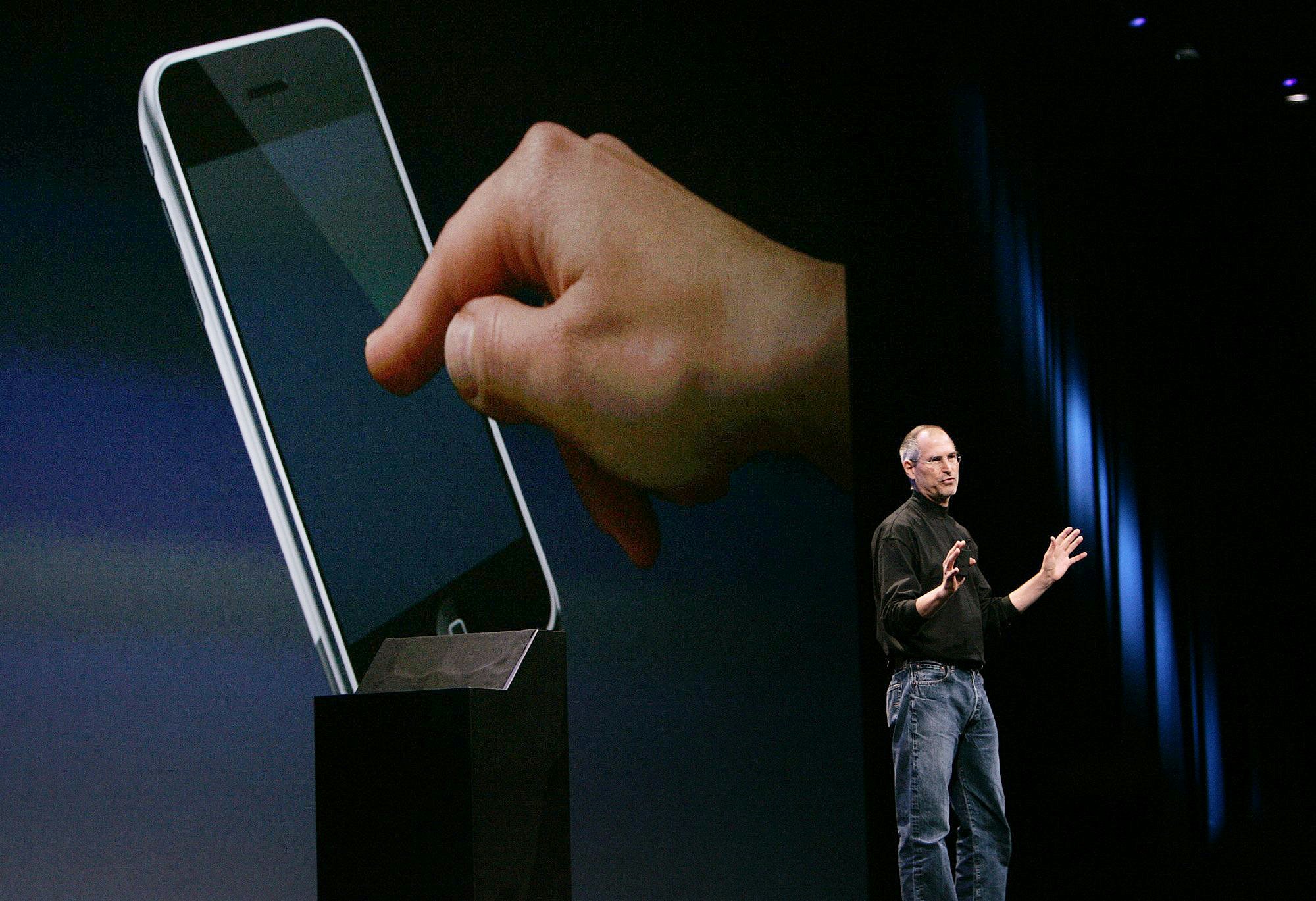
The years-long development cycle of automobiles means the car industry moves far slower than the phone biz, but that helps illustrate what enormous change is happening. Almost every all-new vehicle or concept shown is jam-packed with screens, accompanied by a bare handful of physical buttons required by law (hazard lights, the main one).
“I don’t think anyone thought virtualized switches was something people would accept five years ago,” Nichole Kraatz, chief engineer of battery-electric trucks for General Motors, tells Inverse. “Everyone wanted a hundred buttons everywhere.”
Now, she says, some manufacturers are going to full virtualization, and owners either love it or hate it. She doesn’t mention a certain Texas-based EV-maker or its Twitter-loving billionaire CEO by name, but it’s clear who she’s talking about.
The interior of the new 2024 Chevrolet Silverado EV, revealed earlier this year at CES, tries to straddle a middle between all-button and all-screen. The new electric pickup has a 17-inch horizontal touchscreen that controls most car settings, but there’s also a row of dedicated climate control buttons and temperature adjustment knobs to change fan speed, set the climate to Auto, and turn on the front and rear defrosters.
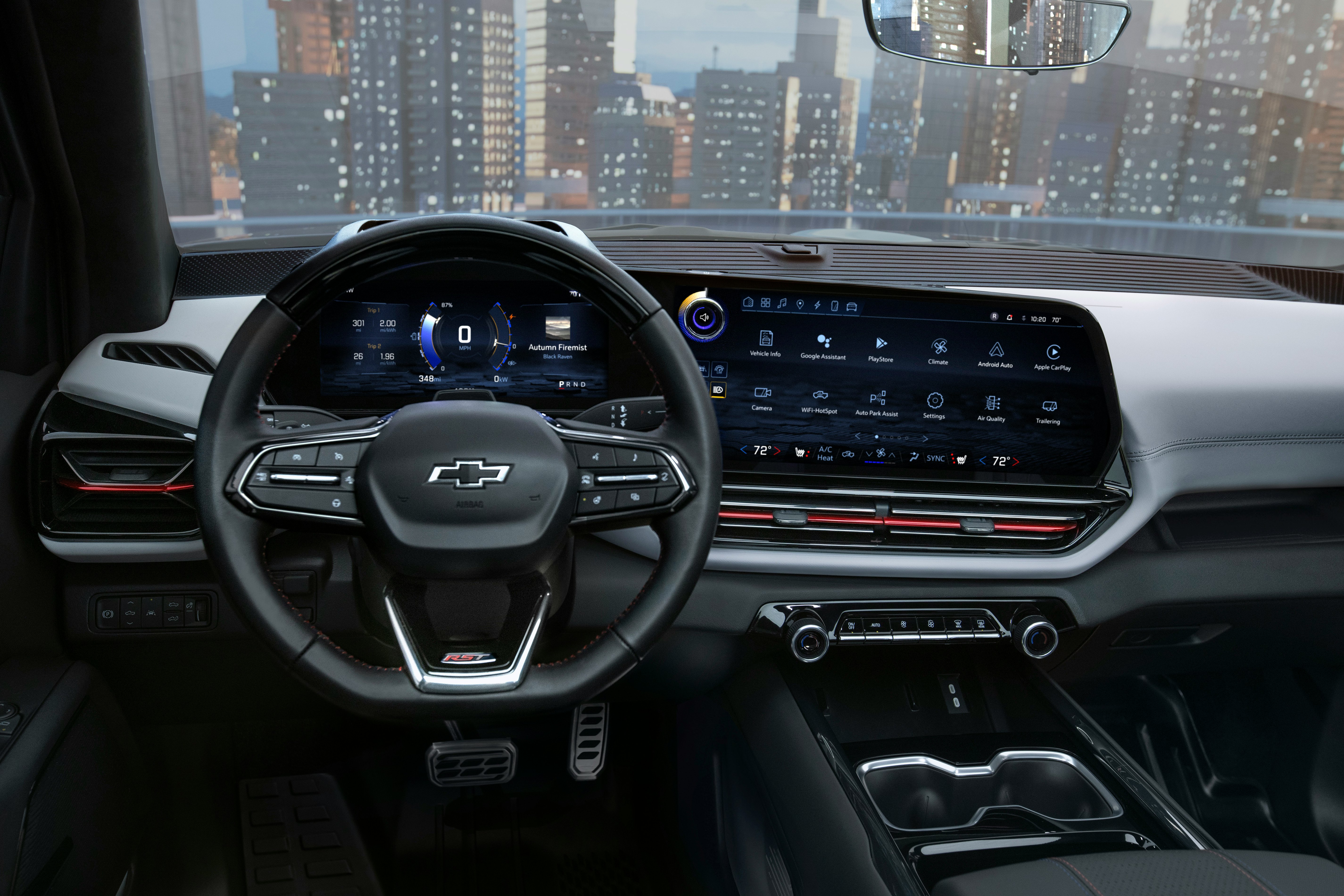
There’s a limit to how far you can go with a screen, says Ralph Gilles, global head of design for Stellantis, in an interview with Inverse. Stellantis is the new parent company of Chrysler, Dodge, RAM, Fiat, and Peugeot, among others, following a merger between Fiat Chrysler and Peugeot.
“Cars are starting to look like the cockpit of an Airbus A380,” says Gilles. “There’s a happy medium, and that sweet spot is something we’re contemplating. We want to let the interior be an interior, with soft and beautiful materials.”
He raises another concern about the switch to electric vehicles: power usage. Screens consume a lot of electricity, and if you’re trying to save electrons, it doesn’t necessarily make sense to fill the interior with screens.
“We’re analog animals, and we can only contemplate so many things at once,” Gilles points out. “In our research, people like a tactile interface.” But once a button is installed in a car, it’s stuck there forever. Screens allow new technologies to be adopted more quickly and free up space for more storage, something always in demand in a car.
“With screens, we can change the function of the interior very quickly and introduce features without needing to create a button for it,” Gilles says. “It’s infinitely updatable.”
The new Silverado EV leans into this idea with a customizable tray of “soft” switches that live on the screen at all times. They aren’t physical buttons, but Kraatz thinks having them on the touchscreen, in a predictable place at all times, should be the next best thing.
“There’s plenty of space on the 17-inch screen to display everything you want,” explains Kraatz. The top tray is reconfigurable, and it holds buttons for things people need all the time. “If you use Tow/Haul a lot, you can bring that into the persistent tray. If you use Apple Music a lot, you can drag and drop that there.”
The idea is to give people what they want and make their lives easier by personalizing the vehicle, but not replacing one problem with another and frustrating the user more. In the Silverado EV and other upcoming GM vehicles, each vehicle driver will have a profile that customizes everything from seating position and radio presets to those persistent switches at the top of the screen.
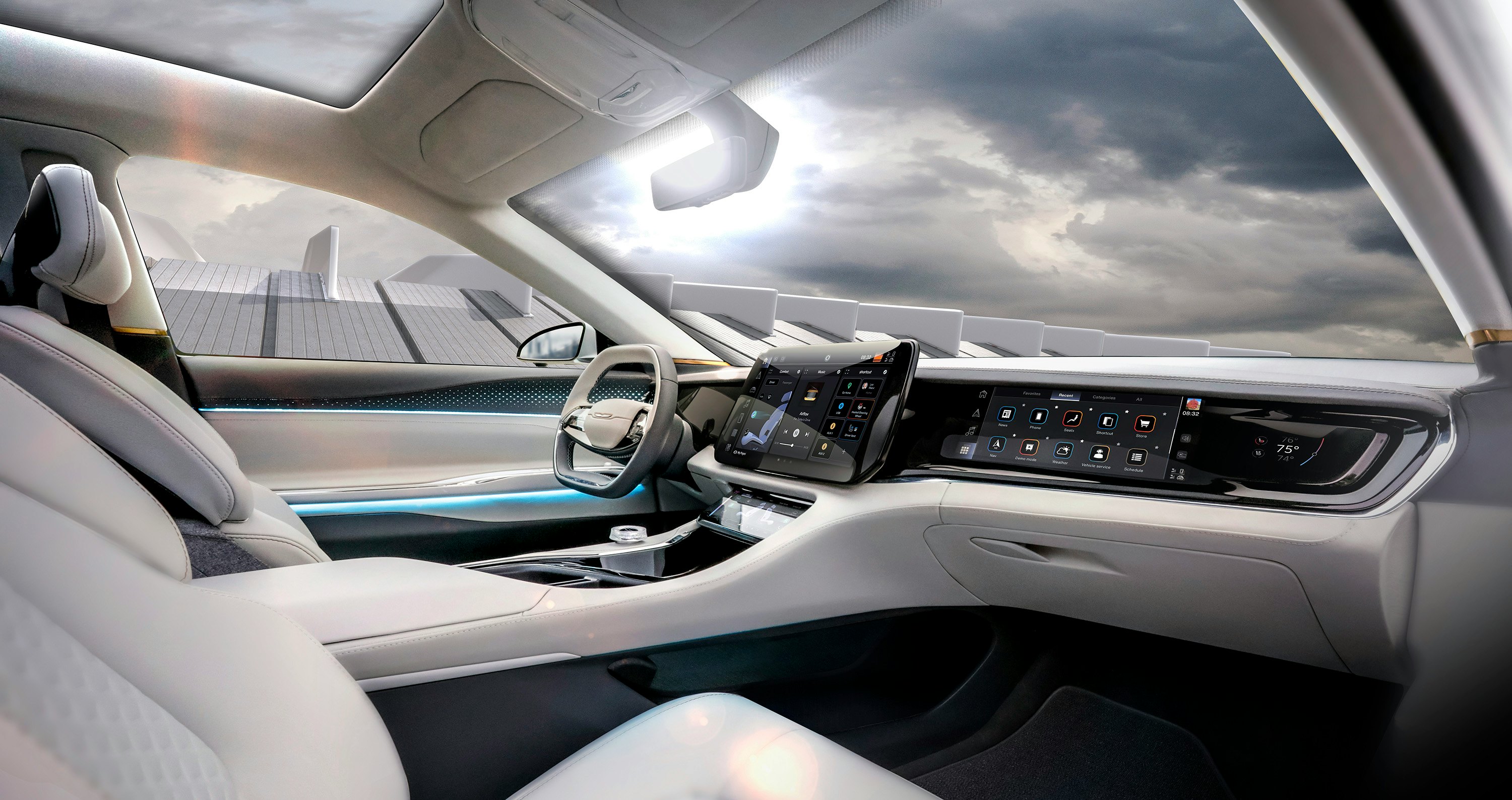
It’s not just screens that are changing how drivers and cars interact. Voice assistants like Alexa and Google Assistant are being increasingly integrated into new vehicles, giving owners the ability to control their smart home and vehicle just by talking to them.
The Lamborghini Huracan EVO was the first car to give Alexa the ability to change climate and seat heating settings, but it’s far from the last. Volvo recently integrated Google Assistant in its new cars to better connect the vehicle to owners' digital ecosystems.
“We are bringing the car as a native device into the Google Home ecosystem,” says David Holecek, director of digital experiences for Volvo, in an interview with Inverse. “It will enable and open up a lot of new experiences as you allow for other services to interact with the car. And it’s not just about the interaction, but also sharing information about vehicle status, where it is, and more depending on the permissions that you give to the services.”
He imagines all kinds of features can be developed based upon this connectivity, not necessarily by Volvo, but by other developers as well.
“This is meant to be an enabler to let others start to think about it,” says Holecek. “How can we integrate [the car] with our services? Being part of this open ecosystem will spur innovation.”
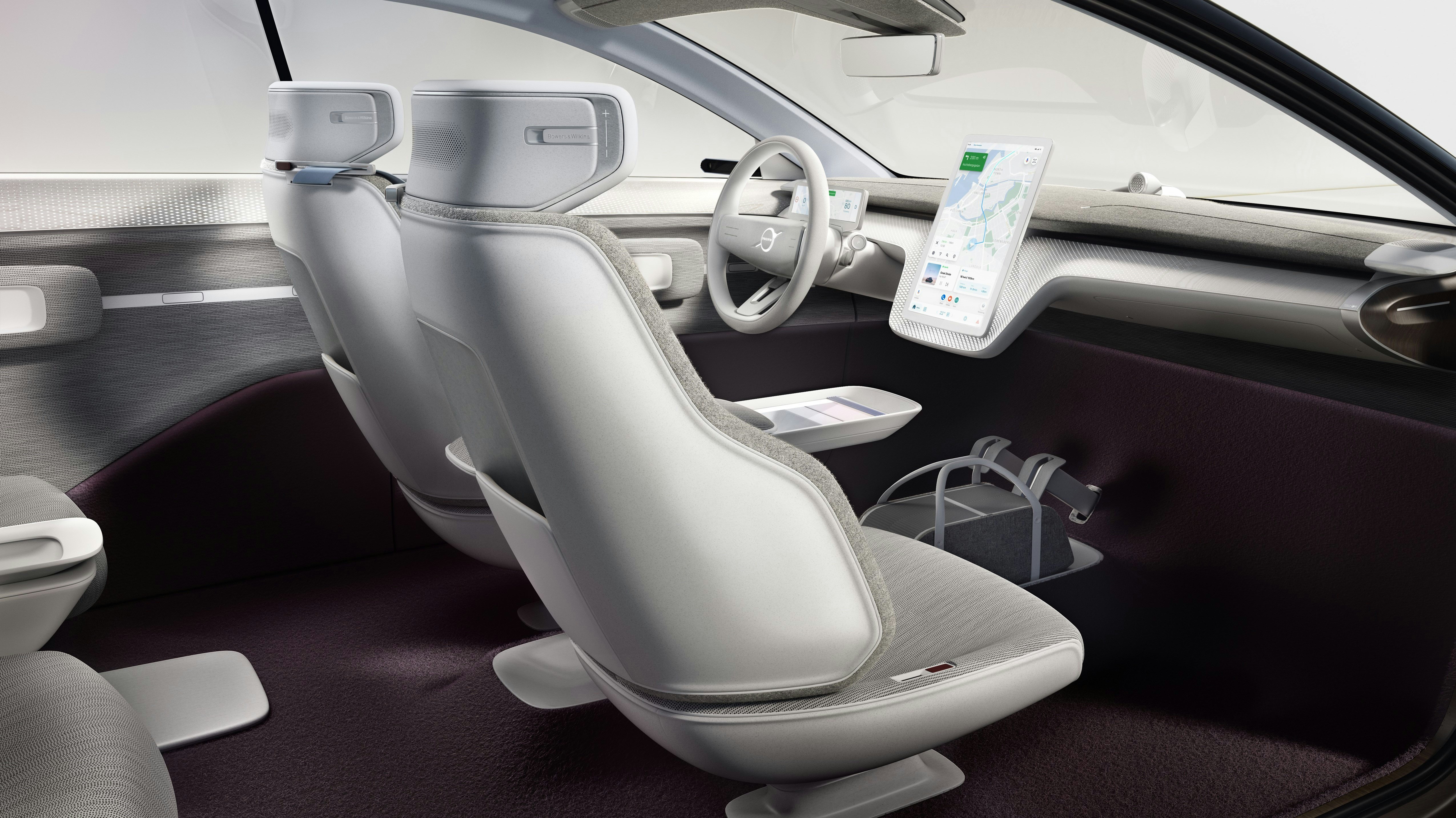
“People who use voice assistants get adjusted to them,” says Thomas Stovicek, head of user experience for Volvo. “For people using these systems, it is a benefit, and we hear that feedback. It’s a technology that’s growing.”
But like with so many things, new features like these may be more easily adopted by tech-savvy youngsters. “My kids, I have those [Google] speakers at home,” Holecek tells me. “They ask Google Assistant what time it is instead of looking at a clock somewhere.”
The ability to anticipate the owner’s unexpressed wishes and needs will be crucial going forward, especially as both homes and cars become more intelligent and more connected. “The house is alive, shutting off lights or heat in a room as you move about the house,” says Gilles. “It pleases the consumer in a way that is efficient but also effortless.
In other words, you won’t miss those buttons so much if the car can anticipate your needs before you have them.
“When you think about it as more a home than a car, we want to create an ambient experience,” Gilles says. “We’re not trying to erase our legacy mindset, but we want to look at it from a holistic and new way... The tech is there to do it.”
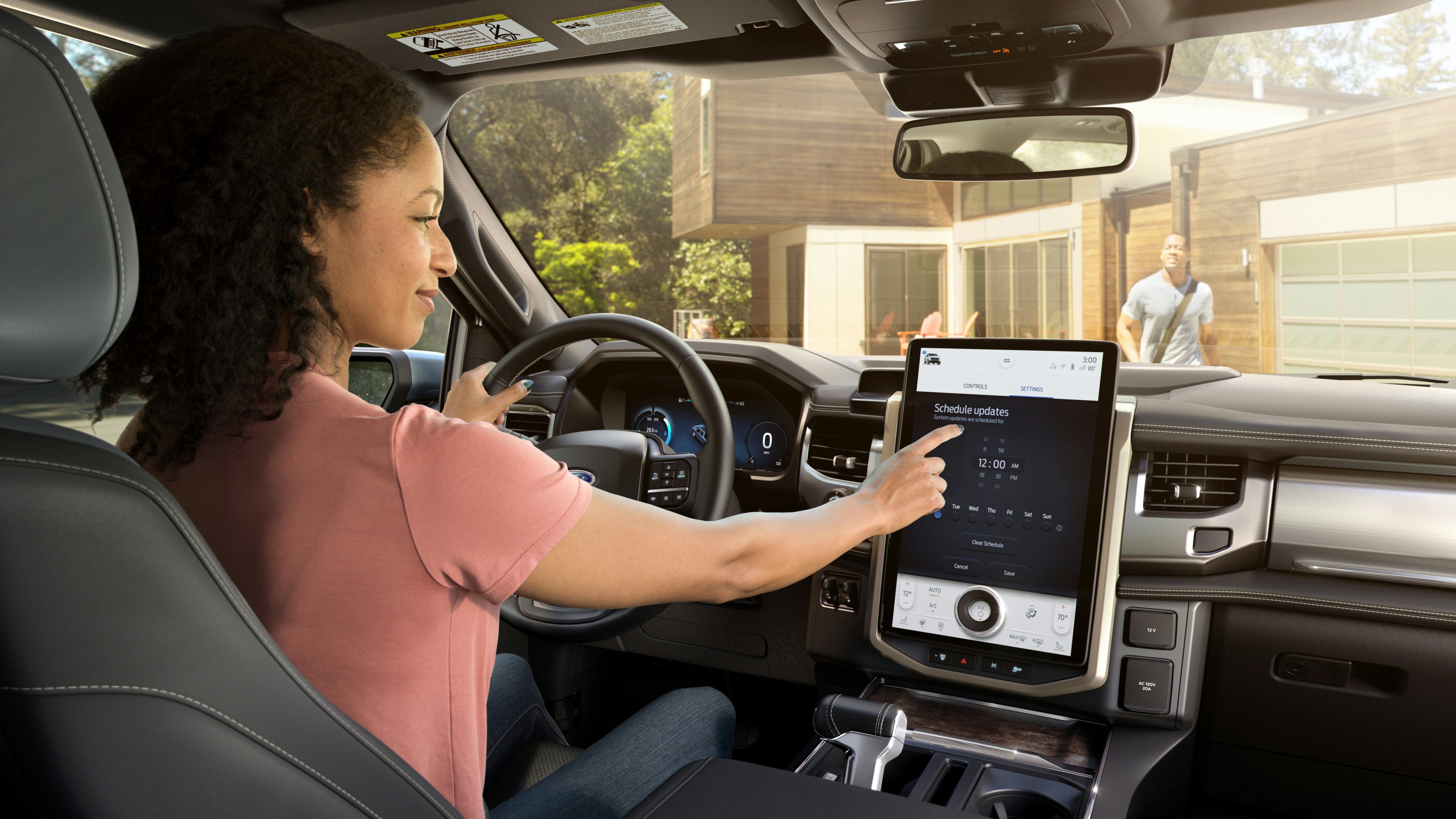
Of course, this change from buttons to screens is only the beginning. The far more significant change is still to come as truly self-driving cars become a reality — and carmakers are actively thinking about what that looks like, too. It used to be that autonomous car concepts had crazy things like a library or garden inside, but we’re getting much closer to reality now.
Volvo is looking at ways to recommend videos or podcasts to the driver based on where you’re going, traffic, and how long it’ll take to get there. The company has already added YouTube to its cars, and other content providers are expected to launch Android Automotive apps soon.
“Is there a way to help people relax, destress, and detox mentally and physically?” wonders Gilles. “Maybe it’s as simple as a game or a book on tape. As stressful as driving in a LA traffic jam can be, maybe you’ll look forward to being stuck in traffic and exit that experience better than when you entered the car.”
He wants happier and healthier drivers, and at the end of our chat, Gilles asks himself perhaps the most crucial question of all: “How can we use this tech to help chill you out?”
Stay on top of the automotive revolution by signing up for Jordan Golson’s free car reviews newsletter.







